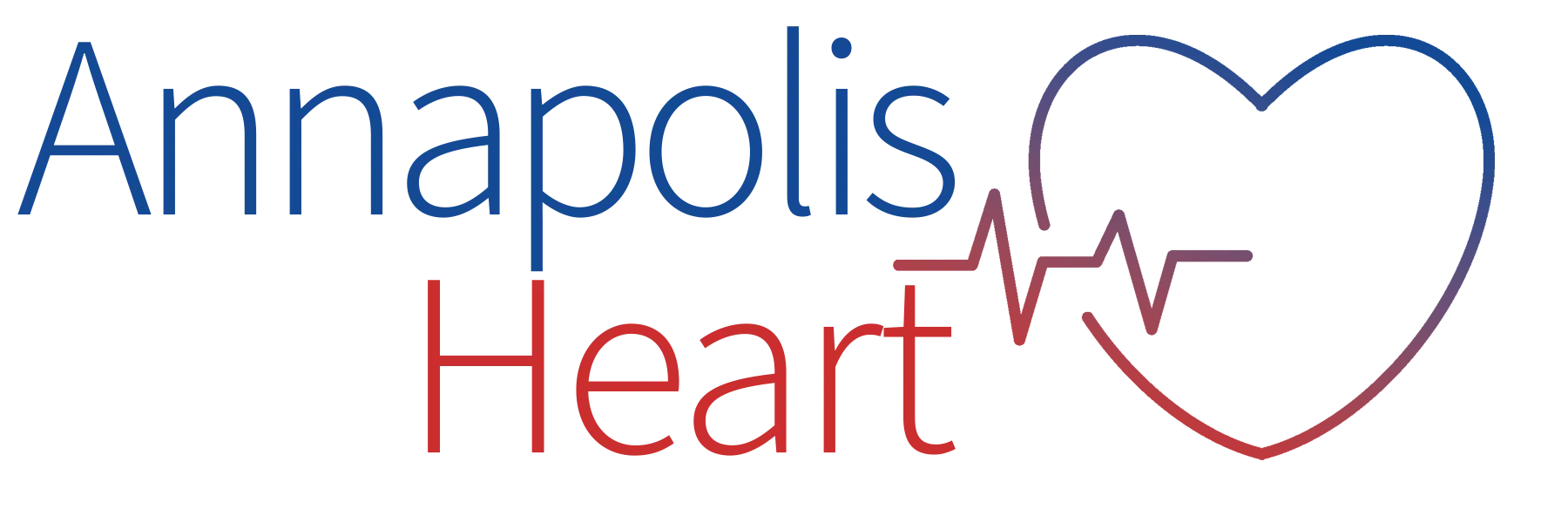What is an Echocardiogram?
An echocardiogram, also known as an “echo,” is a non-invasive cardiac imaging technique that uses high-frequency sound waves to produce detailed images of the heart. During an echocardiogram, a small handheld device called a transducer is placed on the chest and moved around to capture different views of the heart. The images produced by the echocardiogram can show the size, shape, and movement of the heart’s chambers and valves.
An echocardiogram is a non-invasive test that uses sound waves to produce images of the heart. It can help detect heart problems such as valve disease, heart failure, and abnormal heart rhythms.
During an echocardiogram, a technician places a small device called a transducer on your chest. The transducer sends out sound waves that bounce off your heart and create images on a screen. The test usually takes 30-60 minutes.
Yes, an echocardiogram is generally safe and painless. It does not use radiation like X-rays or CT scans. However, in rare cases, some people may experience an allergic reaction to the contrast material used during the test.
Your doctor may recommend an echocardiogram if you have symptoms of a heart problem such as chest pain, shortness of breath, or irregular heartbeats. It may also be ordered if you have a history of heart disease, high blood pressure, or other conditions that may affect your heart.
You may be asked to avoid eating or drinking for a few hours before the test. You should also wear comfortable clothing and avoid wearing jewelry or accessories around your chest area. Your doctor will provide you with specific instructions based on your individual situation.
